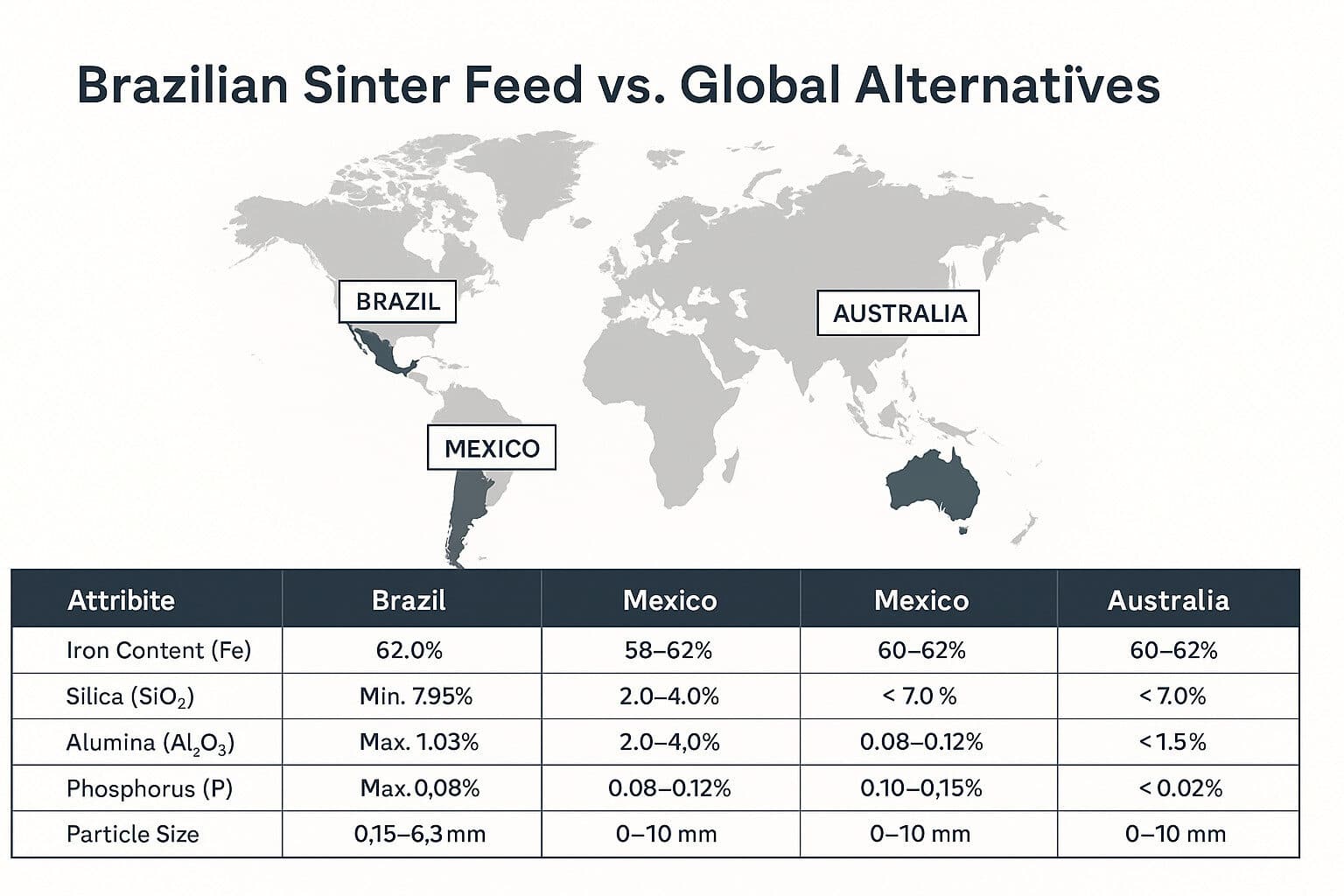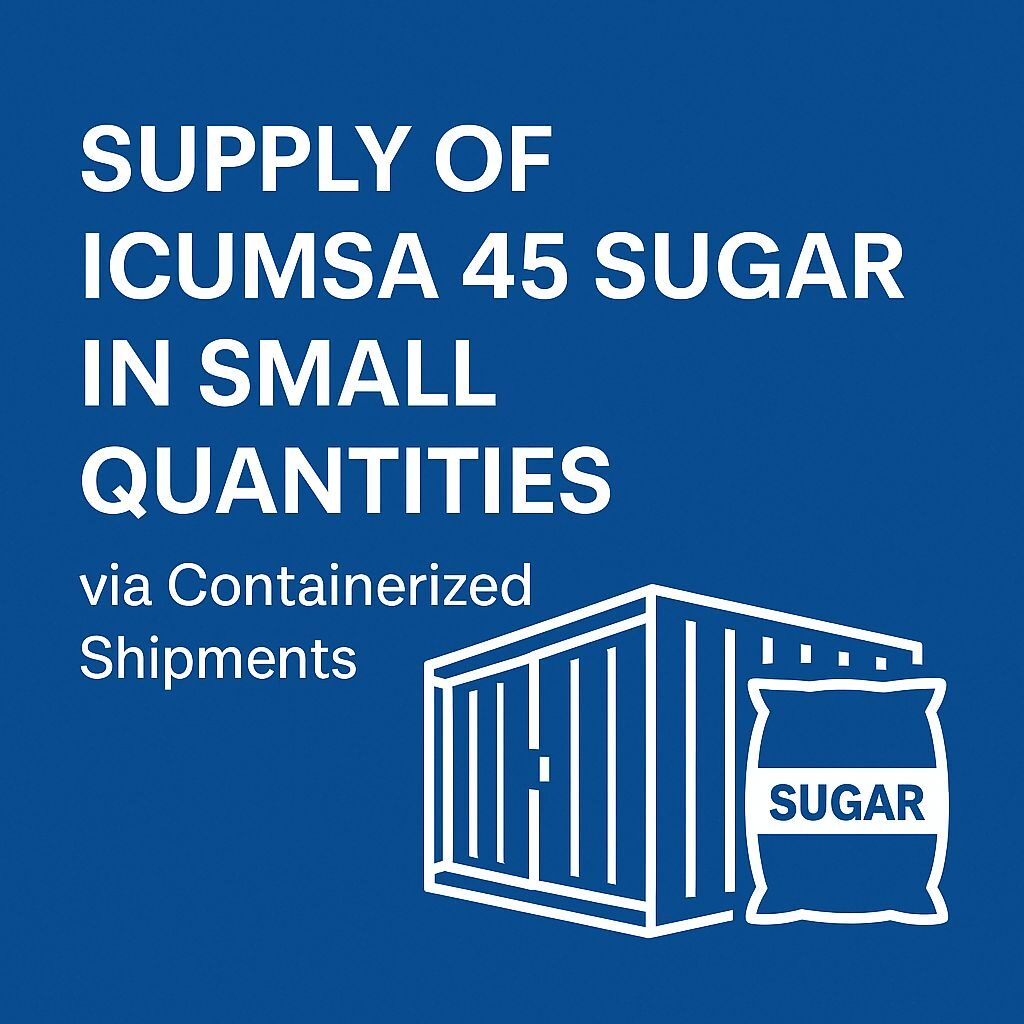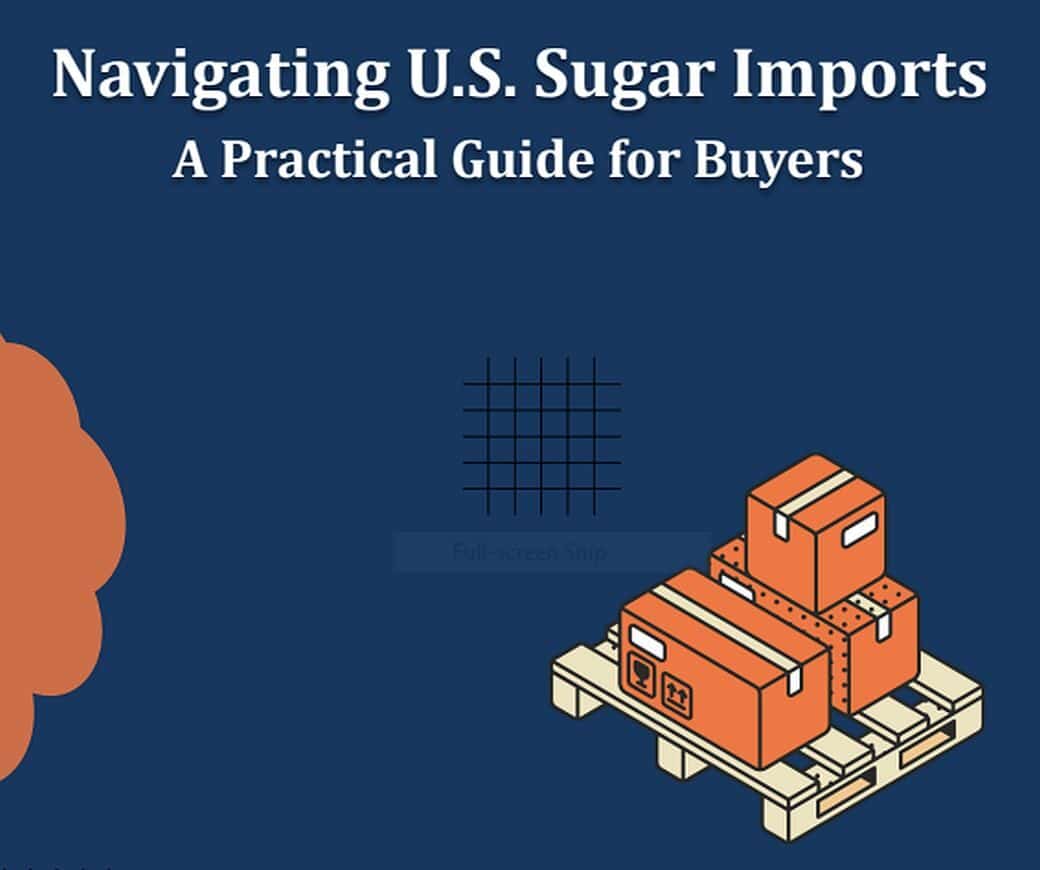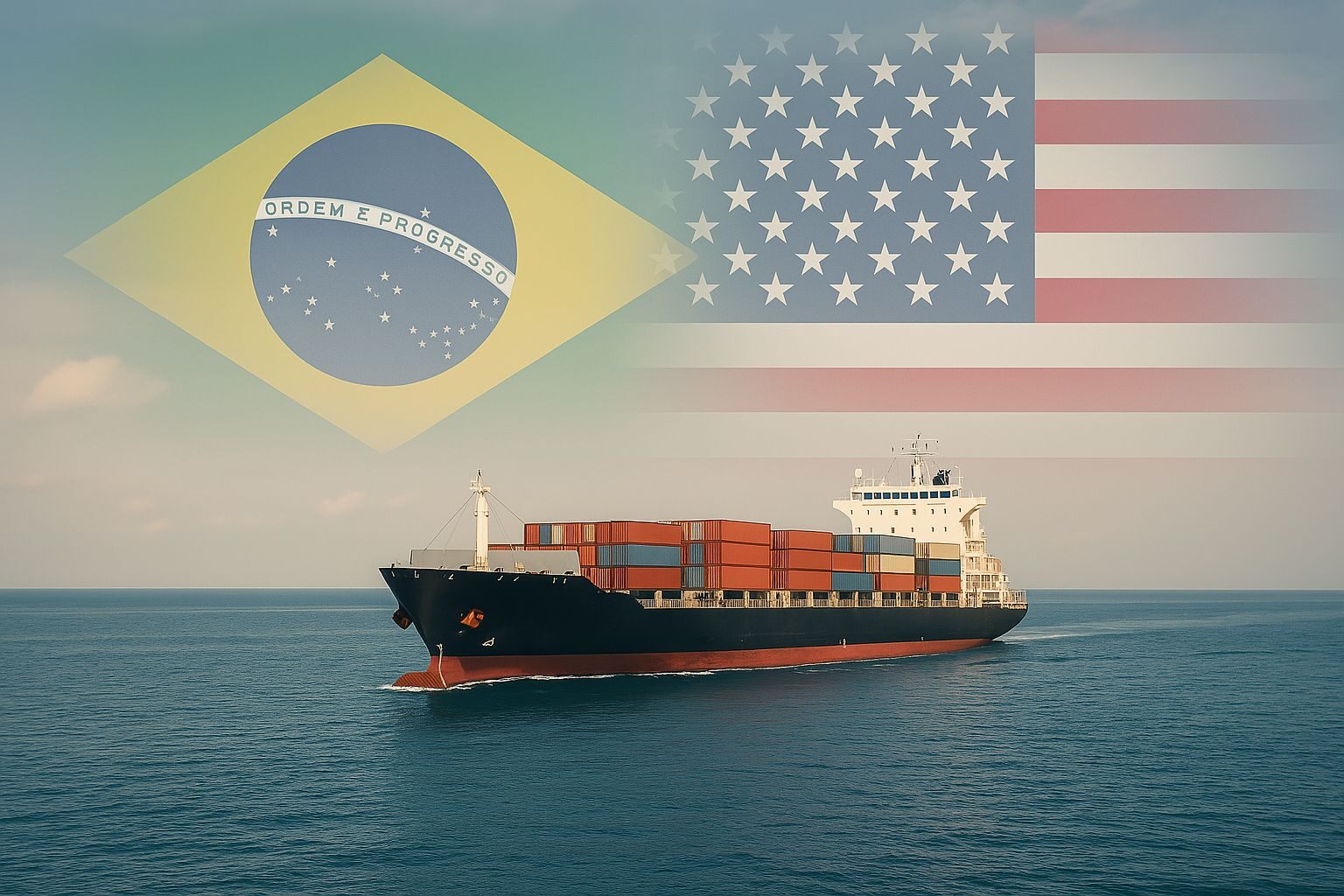Brazil Sugar Export Dominance
Projected 28M Tons in 2023/24
Brazil’s Sugar Export Dominance: As the world’s leading sugar producer and exporter, Brazil continues to solidify its position as the undisputed powerhouse in the global sugar trade. In the 2023/24 season, Brazil’s sugar export volumes are projected to reach a record high of around 28 million metric tons, representing an 8% increase from the previous year.
Several key factors are driving this surge in Brazil’s sugar exports. Firstly, the country is experiencing a 5% increase in its sugar cane production, fueled by favorable weather conditions during the growing season. This robust harvest has provided ample raw material supplies for Brazil’s extensive network of sugar mills to ramp up their export-oriented operations.
Furthermore, global sugar demand remains strong, particularly from emerging markets like India and China. These two countries have become major destination markets for Brazilian sugar exports in recent years, collectively accounting for around 40% of Brazil’s total sugar shipments. Strong economic growth, rising populations, and evolving dietary preferences in these Asian giants have translated into increased sugar import requirements, which Brazilian exporters have been able to fulfill.
Stable trade policies with Brazil’s main export partners have also facilitated the smooth flow of sugar shipments to international buyers. Brazil has maintained consistent trade agreements and tariff regimes with key destinations like India, China, and the Middle East, ensuring reliable market access for its sugar products.
As a result of these favorable production, demand, and trade dynamics, Brazil has cemented its position as the world’s sugar export powerhouse, responsible for nearly 50% of global sugar trade. In contrast, other major sugar exporting nations, such as India, Thailand, and Australia, are expected to see their export volumes decline in 2023/24 due to factors like adverse weather conditions, production challenges, and changing trade dynamics.
Brazil’s dominance in the global sugar export market is further underscored by the significant gap between its shipment volumes and those of its closest competitors. For instance, India, the world’s second-largest sugar exporter, is forecast to export only around 6 million tons in 2023/24 – less than a quarter of Brazil’s projected exports.
This widening gap between Brazil and other sugar exporters has strengthened the country’s influence and bargaining power in the global sugar trade, enabling Brazilian firms to secure favorable terms and expand their foothold in key international markets. As the world’s sugar buyers seek reliable, cost-effective suppliers, Brazil’s export prowess positions it as the primary destination for meeting global sugar demand.
Diversifying Destinations and Product Mix
Building upon its unparalleled sugar export volumes, Brazil has strategically diversified its customer base in recent years, exploring new markets beyond its traditional strongholds. While India, China, and the Middle East remain top destinations for Brazilian sugar, accounting for over 70% of the country’s exports, Brazil’s firms are also actively expanding their presence in other regions like Europe.
This diversification of export markets has been a key pillar of Brazil’s sugar export growth strategy. By penetrating new, fast-growing import hubs in Africa, Southeast Asia, and Latin America, Brazilian exporters are able to capitalize on emerging demand patterns and secure additional outlets for their burgeoning supplies.
Alongside the geographic diversification of its export destinations, Brazil has also witnessed a shift in its product mix. In addition to standard raw sugar exports, some Brazilian producers are upgrading their capabilities to offer higher-value refined and specialty sugar products. This product differentiation enables Brazilian exporters to cater to a wider range of customer preferences and capitalize on evolving global demand for more specialized and premium sugar grades.
The strategic expansion of Brazil’s export markets and product portfolio has strengthened the country’s resilience and flexibility in the global sugar trade. By diversifying its customer base and product mix, Brazil has been able to mitigate supply chain risks, optimize landed costs for international buyers, and enhance its overall competitiveness in the global marketplace.
However, the sugar supply chain in Brazil has faced some logistical challenges during the 2023/24 season. Congestion and infrastructure constraints at key ports have occasionally led to shipping delays, though the government and industry are collaborating to address these issues and improve supply chain efficiency.
Looking ahead, industry analysts project Brazilian sugar exports to continue growing steadily, potentially reaching 30-32 million tons by 2025. This growth will be driven by ongoing capacity expansions among Brazil’s sugar producers, as well as persistently strong global demand for the commodity.
For international sugar buyers, Brazil’s export dynamism presents a unique opportunity to secure reliable, cost-effective supplies to meet their requirements. By understanding the latest trends and tapping into Brazil’s robust export capabilities, global customers can optimize their sugar sourcing strategies and gain a competitive edge in the global marketplace.







